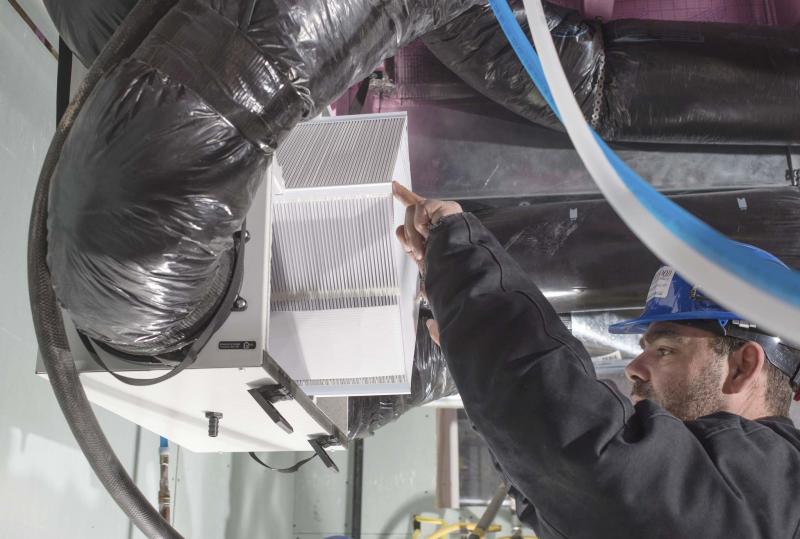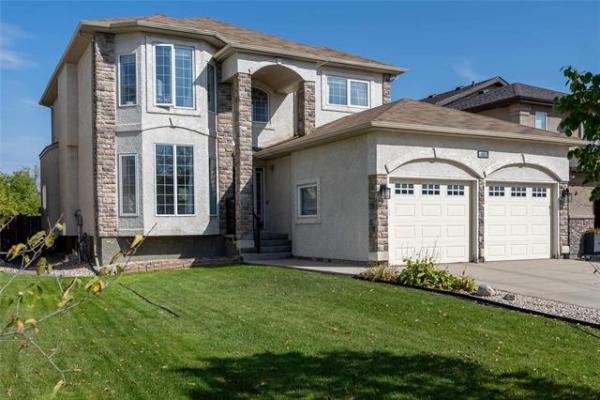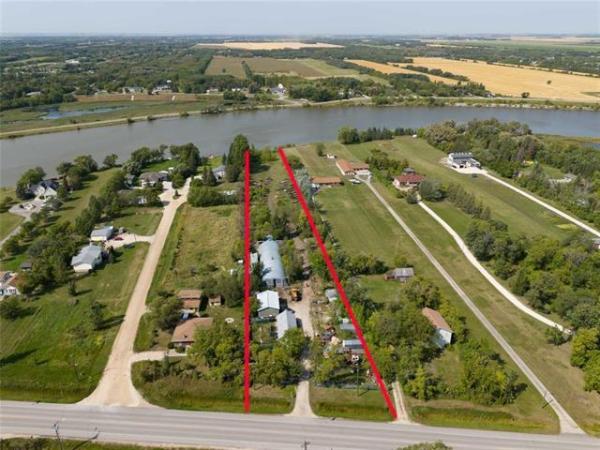Question: I just had my basement done into a lovely living space. I have a forced-air electric furnace and heat-recovery ventilator (HRV). I was told, when the HVAC guy was here, to shut the HRV off during the summer months. I have done this, or so I thought.
I turned the knob to the off position, but I also have a ventilation-fan button that remained on. He never mentioned anything about the button. We gained occupancy of our living space in the basement and found it to be cold. I closed off all the vents in the ceiling. We then got swollen doors and a buckled baseboard. I feel I made a mistake in closing the vents, and I reopened them. We are back to finding the basement very cold and don’t use it as intended, as we have to put on sweatpants and a hoodie to go downstairs and watch TV.
I did some testing this evening after reading some of your articles. With the HRV dial in the off position, I went outside to see what was happening at the HRV intake and exhaust. The exhaust was blowing cold air. I shut off the ventilation-fan button and went back outside, and there was no air movement from the exhaust vent. Also, when I shut off the HRV dial, but leave the ventilation fan in the on position, I can control the two bathroom vents and can audibly hear them kick up. If I shut the ventilation fan off and leave the dial in the off position, the two bathroom fans do not kick up, hence I cannot evacuate the humid air from the bathrooms.
Is the above situation correct? If I have to shut the ventilation fan off but have no control over the bathroom fans, the HRV seems like it’s not doing what it’s supposed to do, which is to evacuate humid air. But if I leave the ventilation fan on and the dial off, I am sucking in hot, humid air and expelling cold, air-conditioned air in the summer.
Thank you for taking the time to read my query. I look forward to hearing from you.
Damian Belanger
Answer: Improper installation or setup of heat-recovery ventilators is a common issue found in our area.
The solution is often quite simple, but the explanation for the initial defect is complex. Since these units have become mandatory in new homes, the rate of improper installation has dropped dramatically, so proper operation of your unit should be easily achievable by hiring a knowledgeable HVAC technician.
I have seen first-hand many improperly installed HRVs in homes over the last decade-and-a-half of doing inspections. These range from ducts installed backwards, with intakes and exhausts connected to the wrong ports on the HRV, to non-functioning controls. While this may seem like an exaggeration, as little as a year ago I inspected an HRV with intake and exhaust ducts reversed, and ducts running to exterior vent hoods on opposite sides of the home. While the reversal mistake was simple to correct at the HRV, relocating both vent hoods to the same side of the home was very difficult, although required, due to a finished basement ceiling. Fortunately, most installations I now observe are correct, but defects still often occur in the control setup.
You have identified the most common issue with HRVs, non-functioning de-humidistat controls. An integral part of the control for this ventilation system is the ability for the unit to come on when the relative humidity (RH) in the home exceeds the setting on the controls. This is critical in allowing automatic use of this machine and not having to manually turn it on and off when needed, other than in bathrooms. Frequently, I see these controls either non-functioning, or requiring the unit to run continuously at low speed until the RH exceeds the setting, which then runs the HRV at maximum speed. I believe this is the current setup for your home. Because you feel air exhausted from the vent hoods only when the switch is in the on position, but hear the unit become louder when turning the manual control on in a bathroom, that makes sense. While this may provide more than adequate ventilation, it may dry out the home excessively in the heating season and waste energy. Also, as you have pointed out, this constant ventilation will bring in outside humid air all summer long, causing the air conditioning to work overtime to cool the home.
As stated above, the reasons why your HRV was set up in that specific way may be complicated. Some municipal building officials will require these units to be installed, at least initially, to provide constant ventilation. This will require the installer to set the unit for constant, low-speed operation, or a timed on/off sequence. Different manufacturers have different control options, which should be easily switched by moving a few wires or mechanical settings. Despite this, or other preferences by individual installers, the de-humidistat function of an HRV should be functional. It is by far the most easily adjustable portion of the controls and accessible to the homeowner, not just the installer.
Fixing your newly installed HRV, to allow you proper automatic control functions based on the RH in your home should be straightforward. Calling an HVAC technician with experience in proper installation and setup of your specific brand of HRV should solve your problem and may also help you determine the cause of your cold basement issue, as well.
Ari Marantz is the owner of Trained Eye Home Inspection Ltd. and the past president of the Canadian Association of Home & Property Inspectors — Manitoba (cahpi.mb.ca). Questions can be emailed to the address below. Ari can be reached at 204-291-5358 or check out his website at trainedeye.ca.
trainedeye@iname.com




